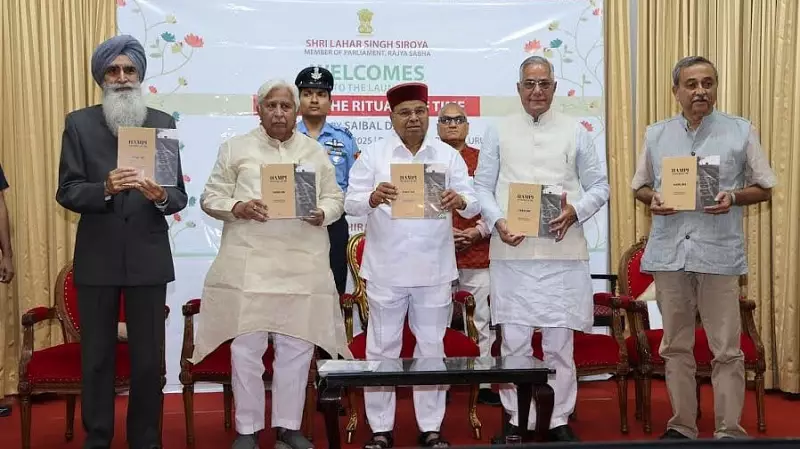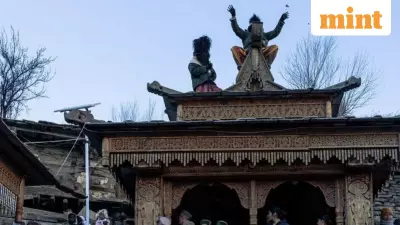
A remarkable photographic initiative is underway to comprehensively document the cultural and archaeological treasures of Hampi, the legendary capital of the Vijayanagara Empire. This ambitious project aims to create a detailed visual archive of the UNESCO World Heritage Site, capturing both its monumental architecture and living cultural traditions.
The Photographic Documentation Project
Photographers and researchers have embarked on an extensive mission to systematically photograph Hampi's numerous historical structures, intricate carvings, and archaeological remains. The project focuses on creating high-quality digital records of temples, royal complexes, water systems, and other architectural marvels that dot the landscape of this ancient city.
The documentation covers all major heritage zones including the Sacred Centre, Royal Centre, and Urban Core areas. Particular attention is being given to monuments that show signs of deterioration or require conservation attention. The photographic team uses specialized equipment to capture detailed shots of stone inscriptions, sculptural details, and architectural elements that might otherwise be missed by casual observation.
Preserving Living Traditions and Cultural Practices
Beyond the stone monuments, the project significantly documents the living cultural traditions that continue to thrive in and around Hampi. Photographers are capturing religious ceremonies, festivals, and daily rituals that have been practiced for centuries in this historic landscape.
The team has been photographing the annual Hampi Utsav (festival), Virupaksha Temple rituals, and other cultural events that showcase the continuity of traditions from the Vijayanagara period to modern times. Local artisans, craftspeople, and traditional performers are also being documented as part of this comprehensive cultural preservation effort.
Traditional craft techniques including stone carving, metal work, and textile weaving that have historical connections to the Vijayanagara era are receiving special focus. The documentation includes both the processes and the practitioners, creating a valuable record of intangible cultural heritage.
Significance for Conservation and Research
This photographic documentation serves multiple crucial purposes for heritage conservation and academic research. The visual archive provides baseline data for monitoring structural changes and deterioration patterns in the monuments over time.
Archaeologists and conservation specialists are using these photographs to study construction techniques, material composition, and damage assessment. The detailed imagery helps identify areas requiring immediate conservation intervention and assists in planning restoration projects.
The project also supports educational initiatives and public awareness about Hampi's cultural significance. The photographs are being made available to researchers, students, and the general public through digital archives and exhibitions, fostering greater appreciation for this extraordinary heritage site.
As climate change and increasing tourist footfall pose new challenges to heritage preservation, this comprehensive photographic documentation becomes increasingly valuable for safeguarding Hampi's legacy for future generations while supporting sustainable tourism practices.





